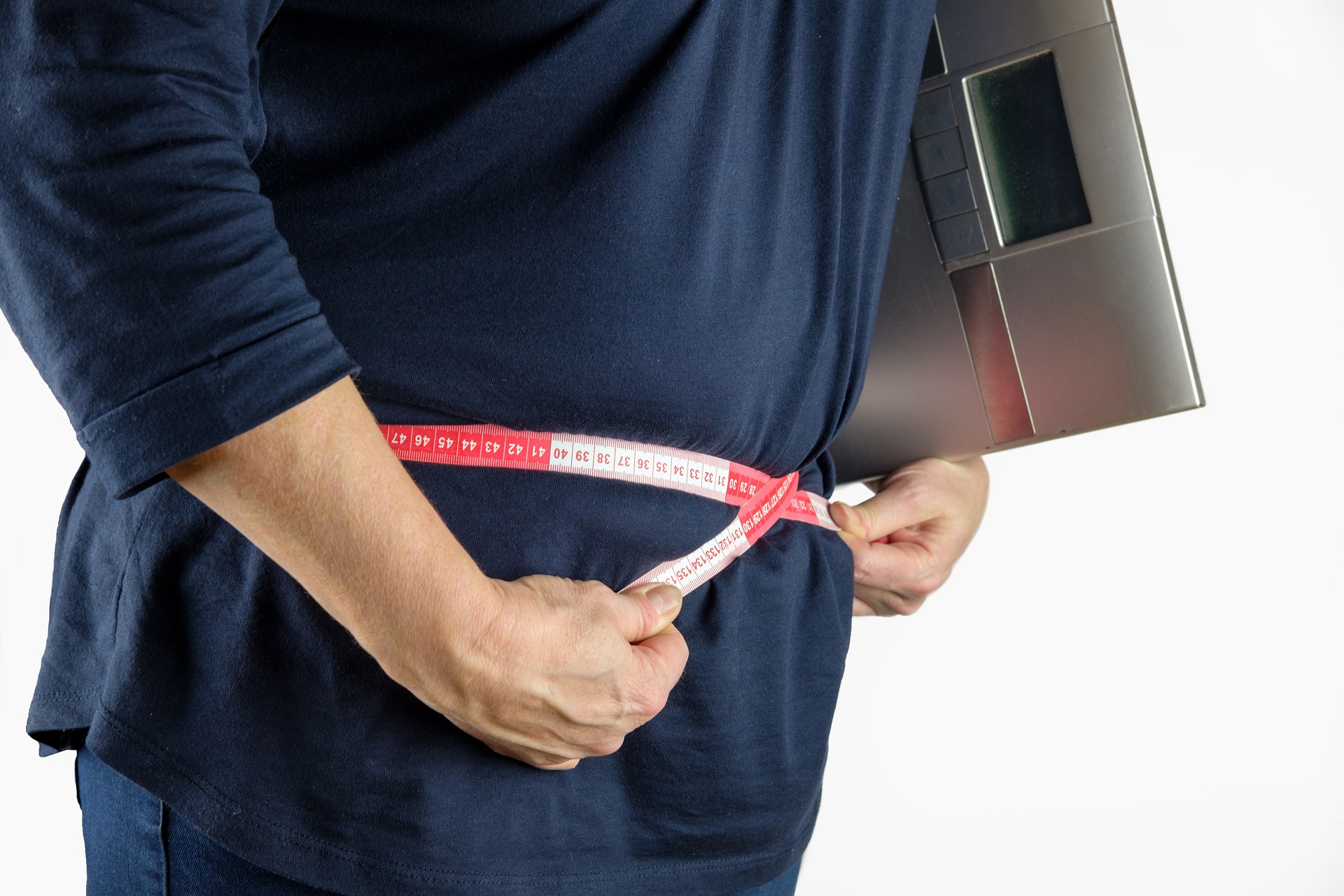Understanding Symptoms of Fatty Liver in Women
Fatty liver disease affects millions of women worldwide, often silently progressing without noticeable symptoms until advanced stages. The condition occurs when excess fat accumulates in liver cells, potentially leading to inflammation, scarring, and impaired liver function. Women face unique risk factors and symptom patterns that differ from men, making awareness particularly important. Recognizing these gender-specific symptoms early can significantly impact treatment outcomes and prevent progression to more severe forms of liver disease.
Common Symptoms of Fatty Liver in Women
The early stages of fatty liver disease are frequently asymptomatic in women, which contributes to delayed diagnosis. When symptoms do appear, they often include unexplained fatigue that persists despite adequate rest. Women may notice discomfort or a dull ache in the upper right abdomen where the liver is located. Some report a feeling of fullness or heaviness in this area, especially after meals. Other common symptoms include unexplained weight loss or gain, digestive issues such as nausea or loss of appetite, and general malaise that affects daily activities and quality of life.
Hormonal Factors Affecting Fatty Liver Disease in Women
Hormonal fluctuations unique to women significantly impact liver health and fatty liver development. Estrogen typically offers protective benefits against fat accumulation in the liver, which explains why premenopausal women generally have lower rates of fatty liver disease than men of comparable age. However, during menopause, declining estrogen levels can increase vulnerability to fatty liver development. Polycystic ovary syndrome (PCOS), which affects hormonal balance, is strongly associated with higher rates of non-alcoholic fatty liver disease. Pregnancy-related hormonal changes can also temporarily influence liver function and fat metabolism, sometimes resulting in pregnancy-associated fatty liver disease that requires careful monitoring.
Recognizing Fatty Liver Warning Signs
Warning signs that shouldn’t be ignored include persistent abdominal discomfort, particularly on the right side beneath the ribs. Unusual or unexplained fatigue that doesn’t improve with rest is another significant indicator. Women may notice yellowing of the skin or eyes (jaundice), which signals more advanced liver problems. Spider-like blood vessels visible on the skin (spider angioma) can indicate underlying liver dysfunction. Swelling in the legs, ankles, or abdomen may develop as liver function deteriorates. Dark urine or pale stools often accompany liver issues and should prompt medical evaluation. Any unexplained symptoms that persist for more than two weeks warrant a healthcare consultation.
Risk Factors for Fatty Liver Disease in Women
Several factors increase a woman’s likelihood of developing fatty liver disease. Excess body weight, particularly abdominal obesity, strongly correlates with fat accumulation in the liver. Type 2 diabetes or insulin resistance creates metabolic conditions favorable to liver fat deposition. Women with high triglycerides or cholesterol face greater risk of fatty liver development. Menopausal status impacts susceptibility due to changing hormonal protection. Genetic predisposition plays a role, with some women inheriting greater vulnerability to fat accumulation in liver cells. Certain medications, including some corticosteroids, tamoxifen, and methotrexate, can increase risk. Poor diet high in processed foods, refined carbohydrates, and sugar significantly contributes to fatty liver development in susceptible women.
Diagnostic Approaches for Fatty Liver in Women
Diagnosing fatty liver disease typically begins with blood tests that assess liver enzyme levels, which may be elevated when the liver is stressed or damaged. Imaging techniques provide crucial visual information—ultrasound being the most common first-line test due to its accessibility and safety. More detailed imaging like CT scans or MRI may be used for clearer visualization or to assess severity. FibroScan, a specialized ultrasound technique, helps determine the degree of liver stiffness and fat content non-invasively. In some cases, especially when other conditions must be ruled out, liver biopsy remains the gold standard diagnostic procedure, providing definitive information about the nature and extent of liver damage. Regular screening is advisable for women with multiple risk factors, even without symptoms.
Treatment Options for Fatty Liver Disease
Lifestyle modifications form the cornerstone of fatty liver treatment, with no FDA-approved medications specifically for this condition. Weight loss of 7-10% can significantly reduce liver fat and inflammation. Dietary changes emphasize reducing processed foods, sugar, and saturated fats while increasing fiber, lean proteins, and healthy fats. Regular exercise, both aerobic and resistance training, helps improve insulin sensitivity and reduce liver fat. Management of associated conditions like diabetes and high cholesterol is essential for overall liver health. For more advanced cases, clinical trials are investigating promising medications targeting various aspects of fatty liver pathology.
This article is for informational purposes only and should not be considered medical advice. Please consult a qualified healthcare professional for personalized guidance and treatment.
Prevention Strategies and Long-term Outlook
Preventing fatty liver disease in women focuses on maintaining a healthy weight through balanced nutrition and regular physical activity. Limiting alcohol consumption is crucial, as even moderate intake can exacerbate existing fatty liver. Managing underlying conditions like diabetes and high cholesterol helps protect liver health. Regular check-ups allow for early detection through routine blood work that monitors liver enzyme levels. The prognosis for fatty liver disease varies significantly based on the stage at diagnosis and patient response to lifestyle changes. When diagnosed early and addressed through consistent lifestyle modifications, simple fatty liver (steatosis) can be completely reversible. However, if inflammation and scarring have developed (steatohepatitis or cirrhosis), the damage may be permanent, though further progression can still be halted with appropriate interventions.





